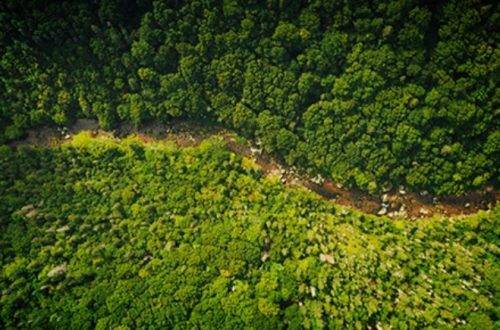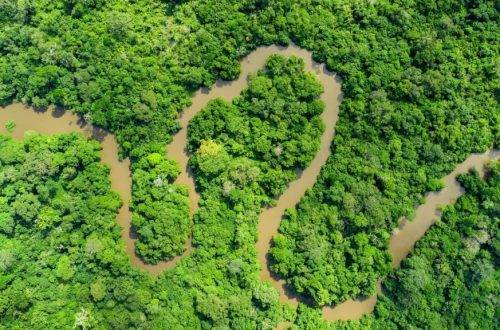Memo to PNG Donors: Get Implementation Right
A new report from PNG’s National Research Institute has delivered a scathing assessment of PNG’s current state of development. The report highlighted two conclusions.
First, development indicators remain fragile at best. For example, the gross proportion of the school-aged population enrolled in primary school fell from 65 percent to 55 percent between 1991 and 2006 – while all other countries in the region saw increases. Adding to this, the proportion of PNG’s working-age population living on less than $US1 per day increased from 25 percent in 1996 to 40 percent in 2005.
The second conclusion is that implementation of development strategies is still poor, and that the mantra of aid donors – to undertake capacity building – has not assisted PNG with its development problems.
The report points out that it is weaknesses within the management structures of departments themselves – rather than simply capacity – that are part of the problem. Despite this clear decline in development indicators and dysfunctional levels of service delivery in remote areas, aid donors are determined to push through conservation-aid projects that will pull back on the very industries that do manage to deliver infrastructure, education and health facilities in remote areas: forestry and agriculture.


